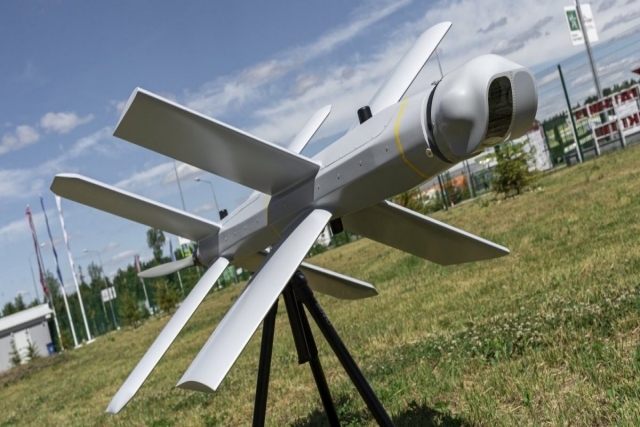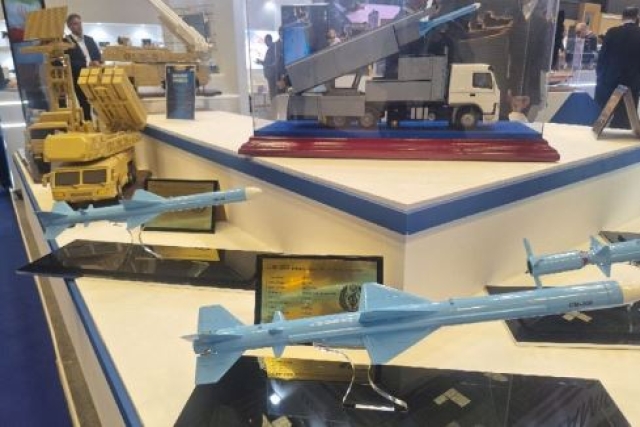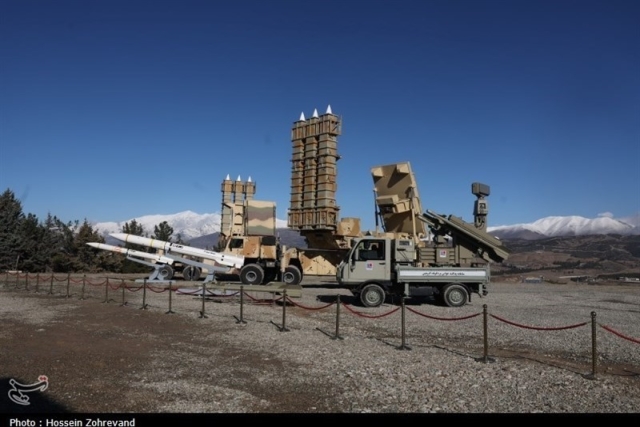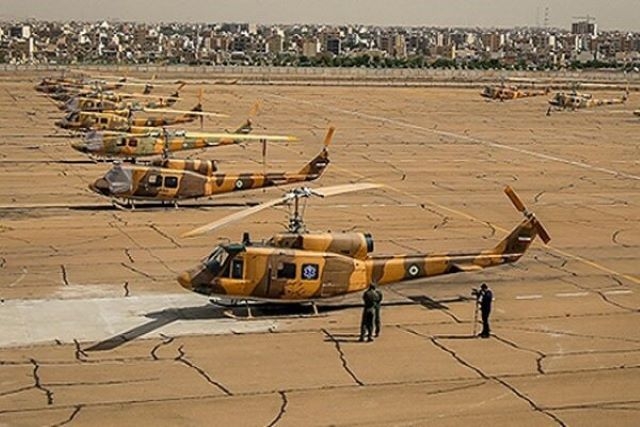Iran Developing Russian Lancet-like Kamikaze Drone
ZALA Lancet can be utilized for both reconnaissance and strike missions.

Iran's Islamic Revolutionary Guard Corps (IRGC) is developing a new indigenous kamikaze drone that shares similarities with the Russian-built ZALA Lancet kamikaze drone.
According to Iranian media outlets, the new homegrown drone, whose name has not yet been revealed, is intended for widespread use in counter-ambush operations.
A kamikaze drone is equipped with a built-in warhead and is typically designed to remain in a target area until a target is located, then crash into it to attack.
Smart munitions allow for faster reaction times against hidden targets that appear for short periods without the need to deploy high-value platforms near the target area. They also enable more precise targeting as the attack can be adjusted mid-flight or aborted.
The IRGC Ground Force and the Iranian Defense Ministry have previously developed drones such as the Meraj-521 and Sina.
The ZALA Lancet loitering munition has been extensively used in the ongoing Ukraine war. In February 2024, Manufacturer ZALA Group announced a fifty-fold increase in the production of high-precision weaponry coinciding with the commencement of the Special Military Operation in Ukraine.
The ZALA Lancet can be utilized for both reconnaissance and strike missions. It boasts a maximum range of 40 kilometers (25 miles) and a maximum takeoff weight of up to 12 kilograms (26 pounds). In combat mode, it can be equipped with either high explosive (HE) or HE-fragmentation warheads. The drone features optical-electronic and TV guidance systems, enabling control during the terminal stage of flight. It has undergone combat testing in Syria during the Russian military intervention in the Syrian civil war and has also been deployed during the ongoing Russian invasion of Ukraine.












